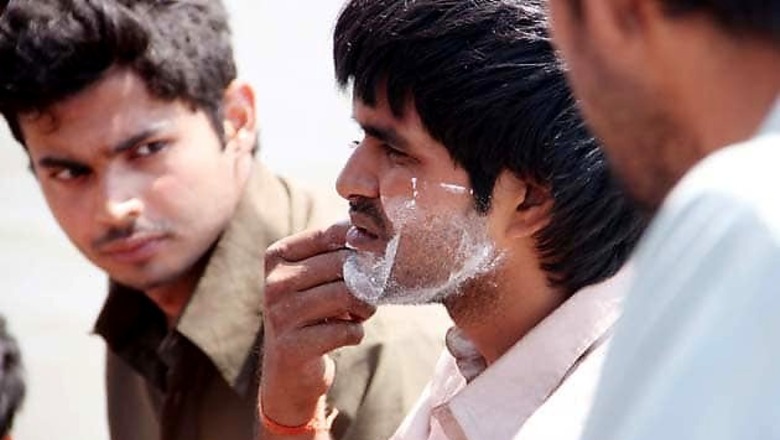
views
New Delhi: Ram Gopal Varma is an unpredictable filmmaker. Sometimes he comes up with films intended for voyeuristic pleasure, exploitative in their structure and intent. And then often he gives us a structured venture such as 'The Attacks of 26/11'.
There are spoilers ahead. So if you haven't seen the film, come back to this piece later.
The maverick director is in his elements after the dismal 'Not A Love Story' and 'Department'. This time, he has decided to take up the challenge of narrating one of the deadliest terror attacks in the history of Indian subcontinent. I am going to write about the technical aspects and compare this film to his past work that reminded me of 'Sarkar' and 'Contract' as he touches upon the theme of terrorism.
1. The opening sequence: We have heard about Indian fishermen venturing into Pakistani waters and RGV uses this fact to maximum effect. A low angle shot of two boats bumping against each other, kind of prepared me for what was to come.
2. Modus operandi: 'Contract' had featured the coastal area and the paths terrorists use to enter in big Indian cities but 'The Attacks of 26/11' shows the exact roads. Locations have always played an integral part of the narrative in some of RGV's acclaimed films, and 'The Attack of 26/11' makes him walk the same old path.
3. The grey shade: Be it 'Satya' or 'Company', the police were always human in Ramu's stories. Here, Nana Patekar, who plays the Joint Commissioner of Mumbai Police, is very reasonable in his approach. Varma showed the top police officials as a sensible lot in 'Company' and 'Satya' (Remember Paresh Rawal) as well.
4. Point of view: Varma didn't prefer to go for extreme experiments in the camera departments in his earlier films and that gave the narrative a chance to sink in, so when frames don't shake much in 'The Attacks of 26/11' the audience feels relieved and concentrate better on the mammoth canvas of devastating terror attacks.
5. The chanting: Though it's been used miserly but the loud chanting of shlokas in the background is apt enough to take you down the memory lane to 'Sarkar'. Don't you think 'Govinda, govinda' was as significant as Subhash Nagre himself?
6. The relaxed stride: 'Rangeela' and 'Bhoot' had characters which were not in great urgency till the climax and that made the developments smooth in most part of these films. The calm and composed terrorists in Varma's latest offering will bemuse you the way the gatekeeper in 'Bhoot' or Raj Kamal (Jackie Shroff) in 'Rangeela' did.
7. The linear structure: Most of the times, the writers are tempted to give the background of the story which has the potential of hampering the flow but 'The Attacks of 26/11' doesn't waste much time in foregrounding and directly comes to the point. 'Shiva' and 'Raat' had a similar narrative structure.
8. Bullet in the head: He has directed and produced a number of films which propagate the theory of karma. These films display the complete cycle of events culminating at a point where the lead character meets the expected end, 'The Attacks of 26/11' is no exception.
9. Religious symbols: They have always been very significant in Varma's films and 'The Attacks of 26/11' takes the tradition forward. In the Taj massacre scene, the camera zooms in on an idol when the terrorists are on a shooting spree. Isn't this what happened in the climax of 'Satya'?
10. The silence: 'Department' was a very talkative film and the audience missed the chance of witnessing the facial twitches in slow motion, but 'The Attacks of 26/11' fulfils their wish and allows the developments to take place in a silent zone.####










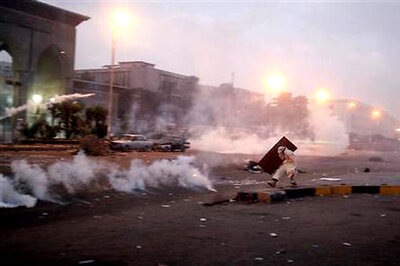
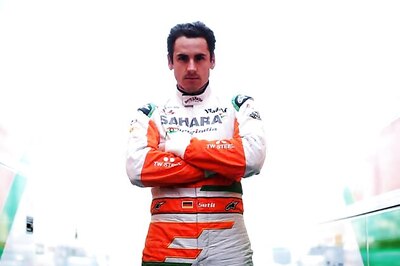
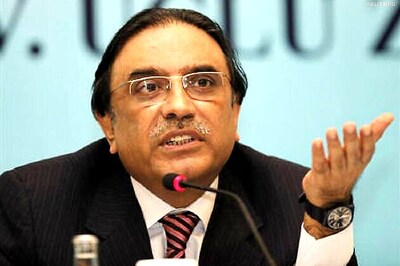
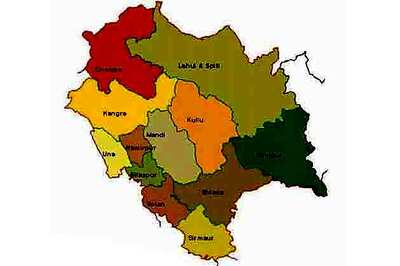


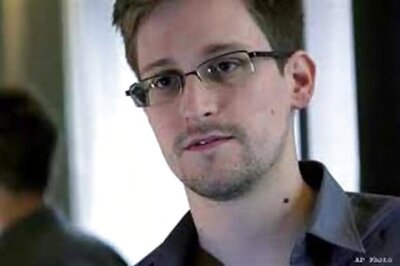
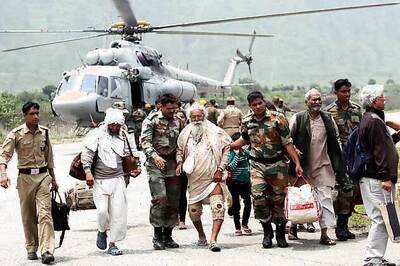
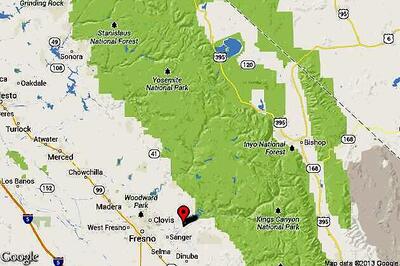
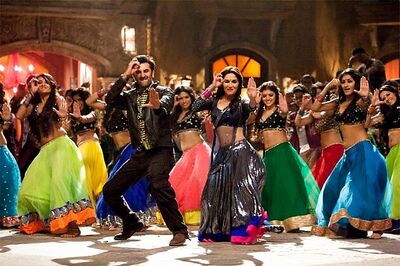
Comments
0 comment